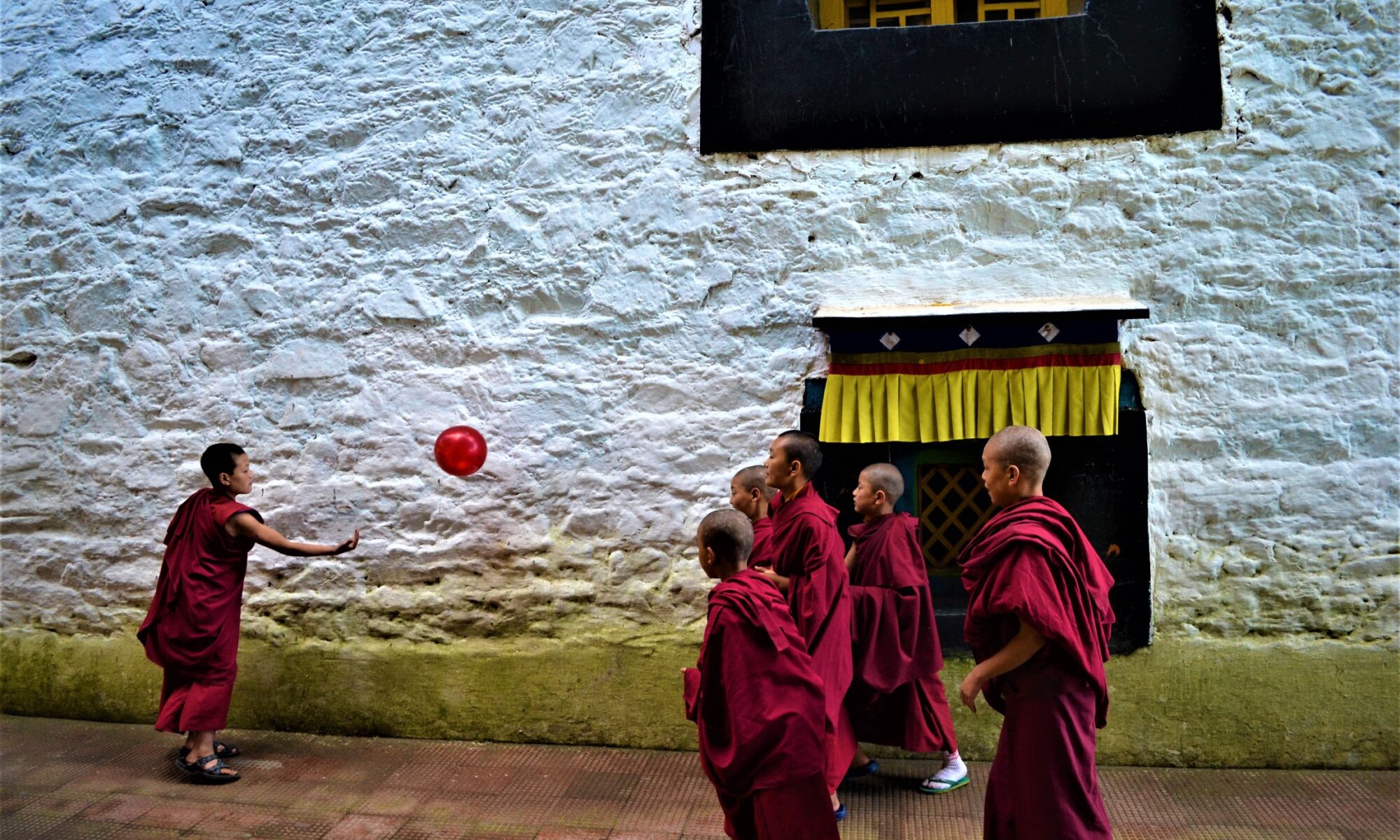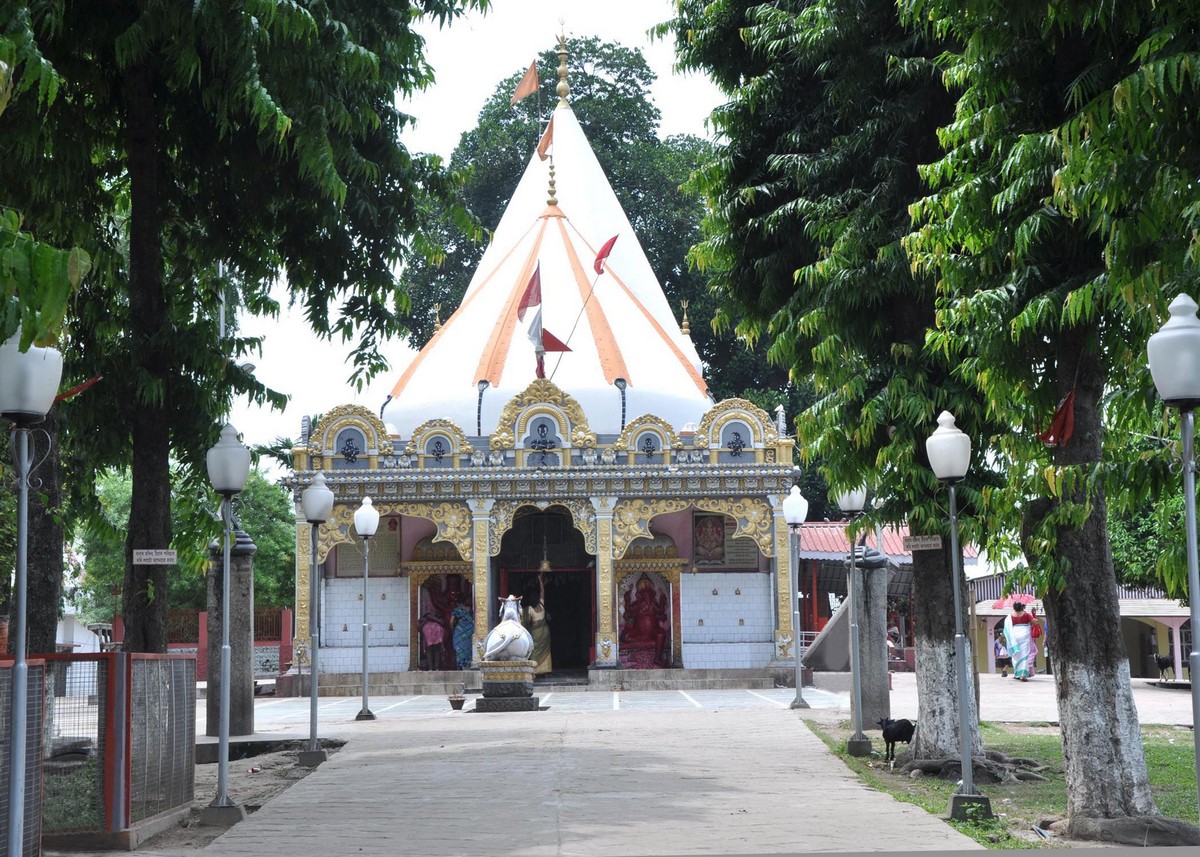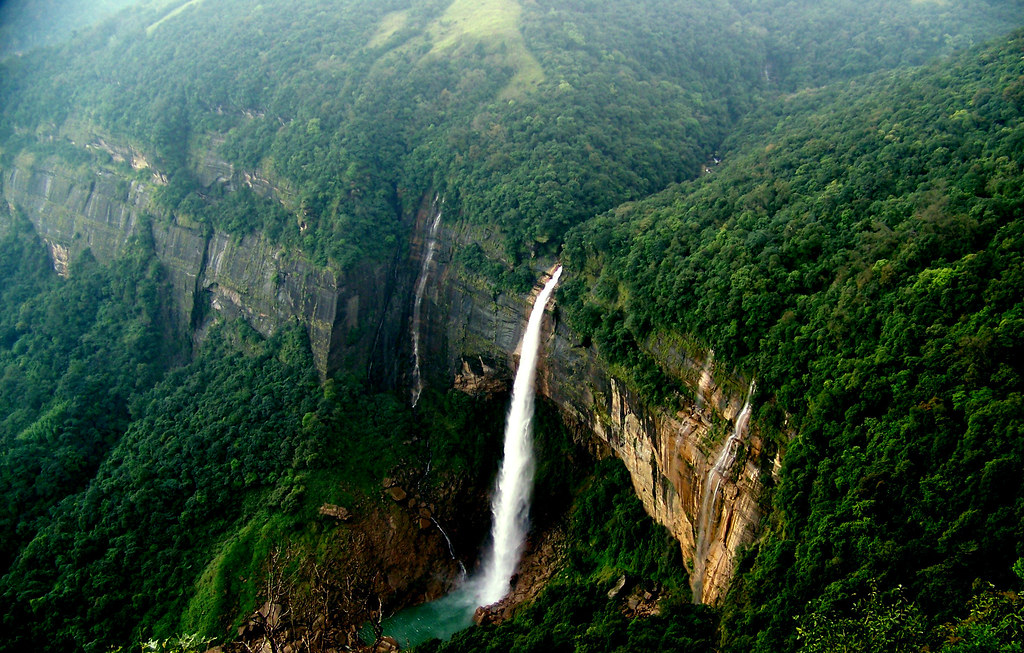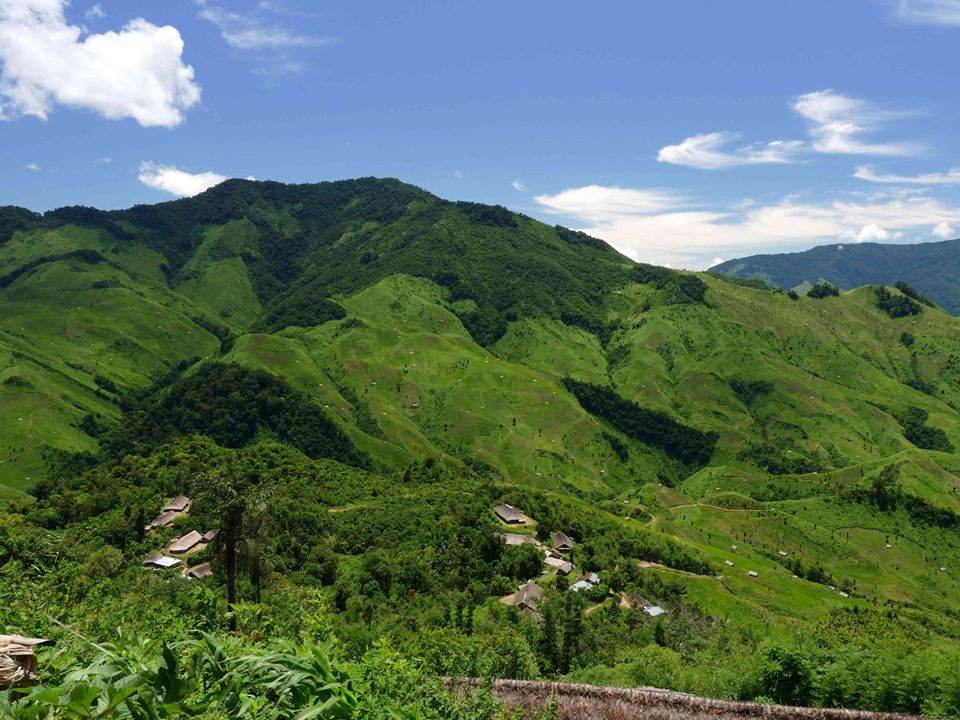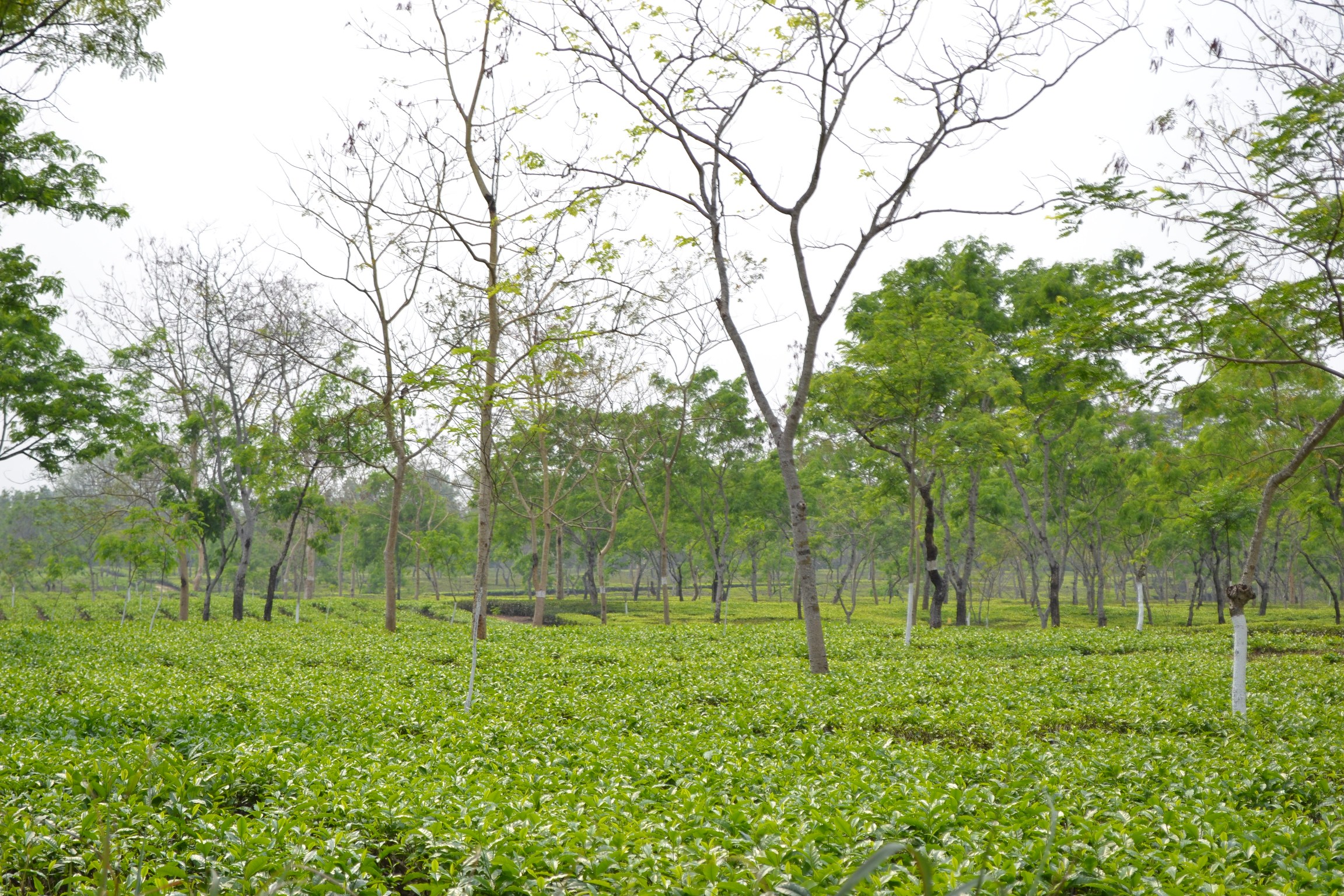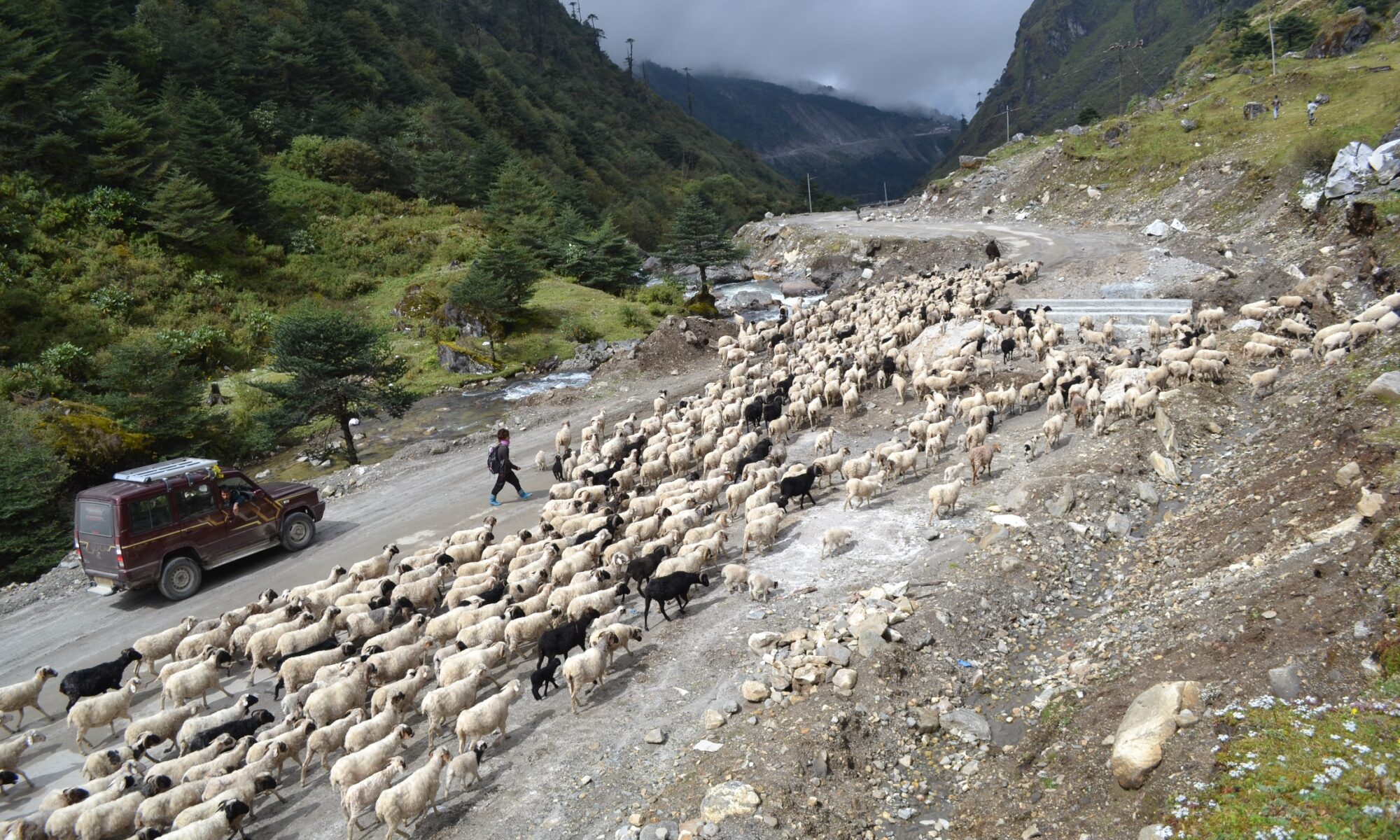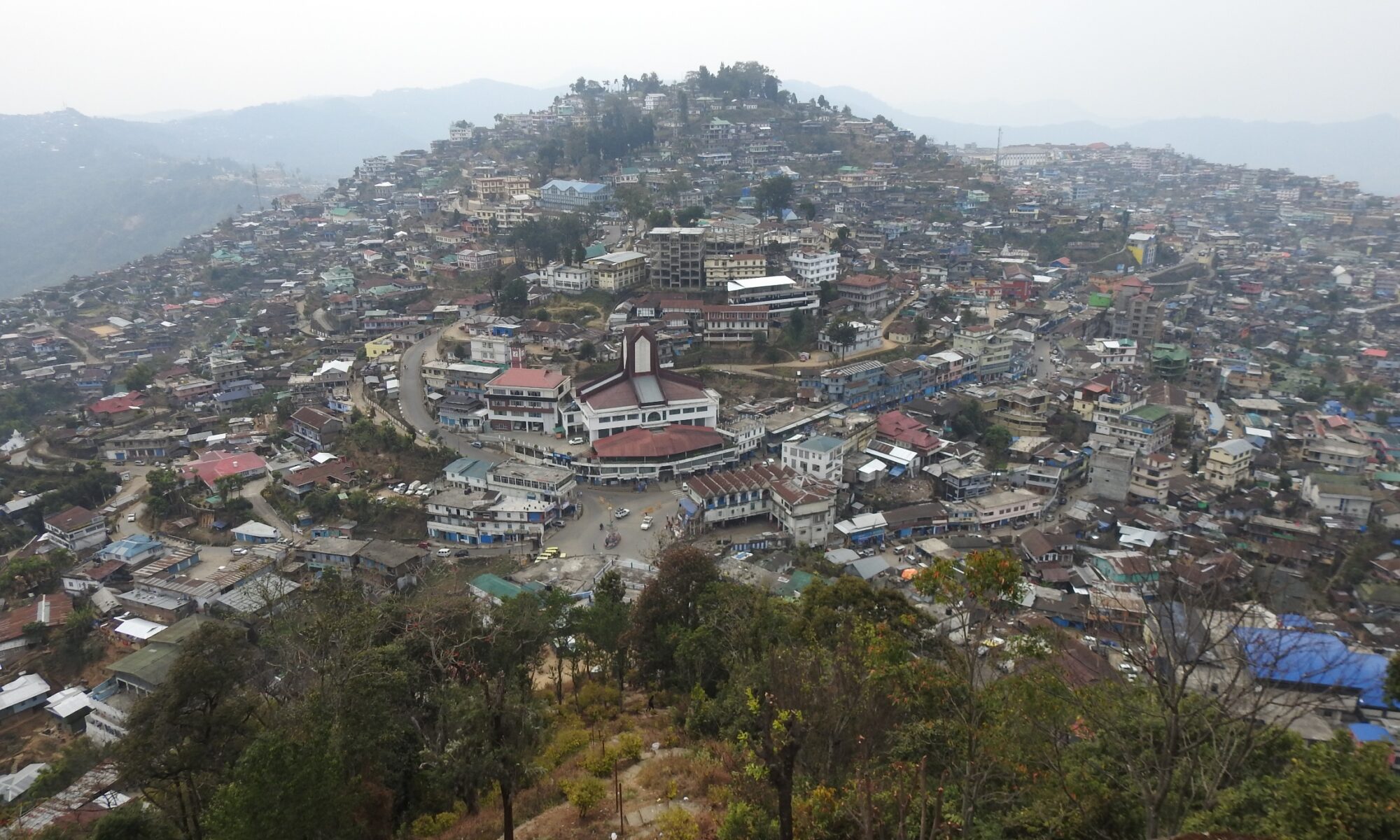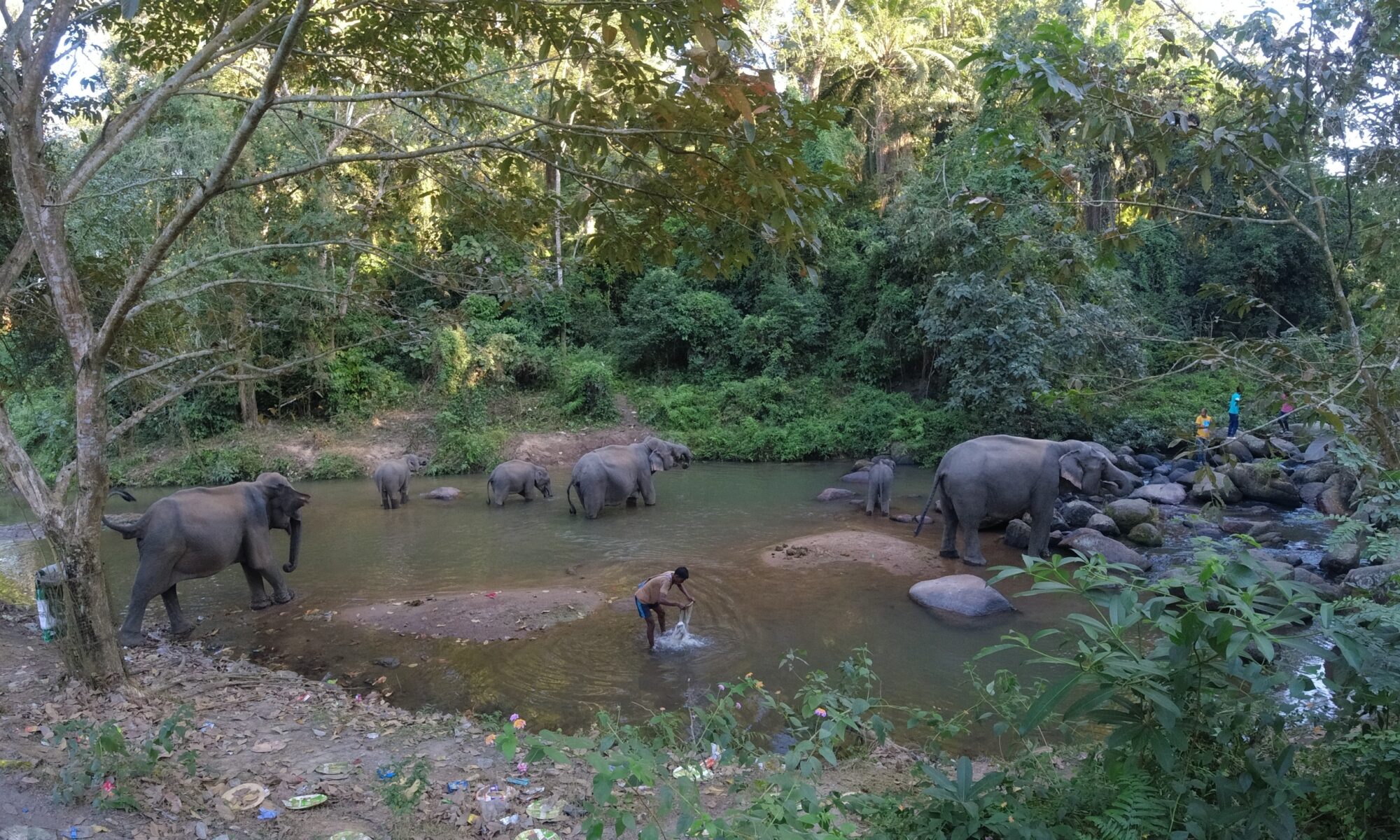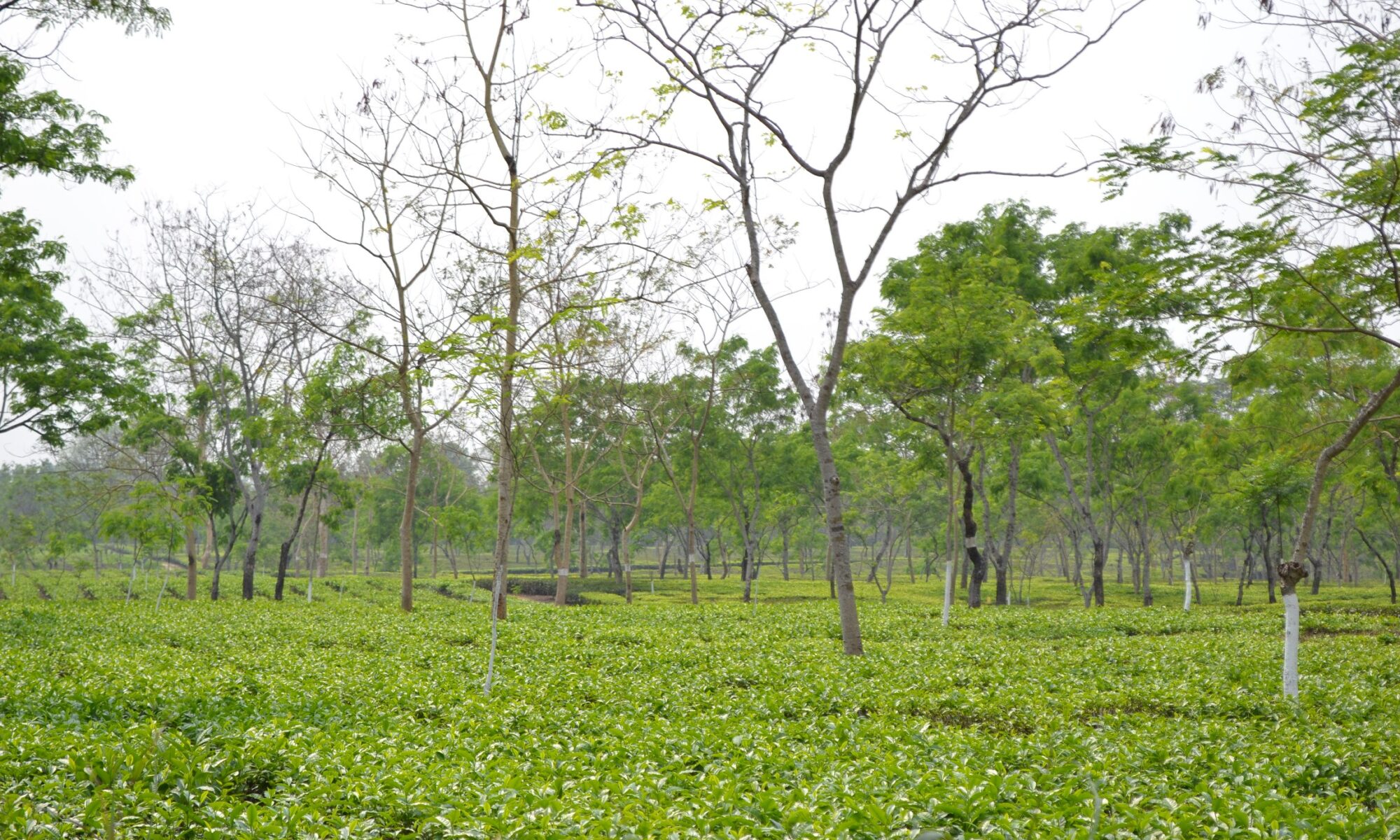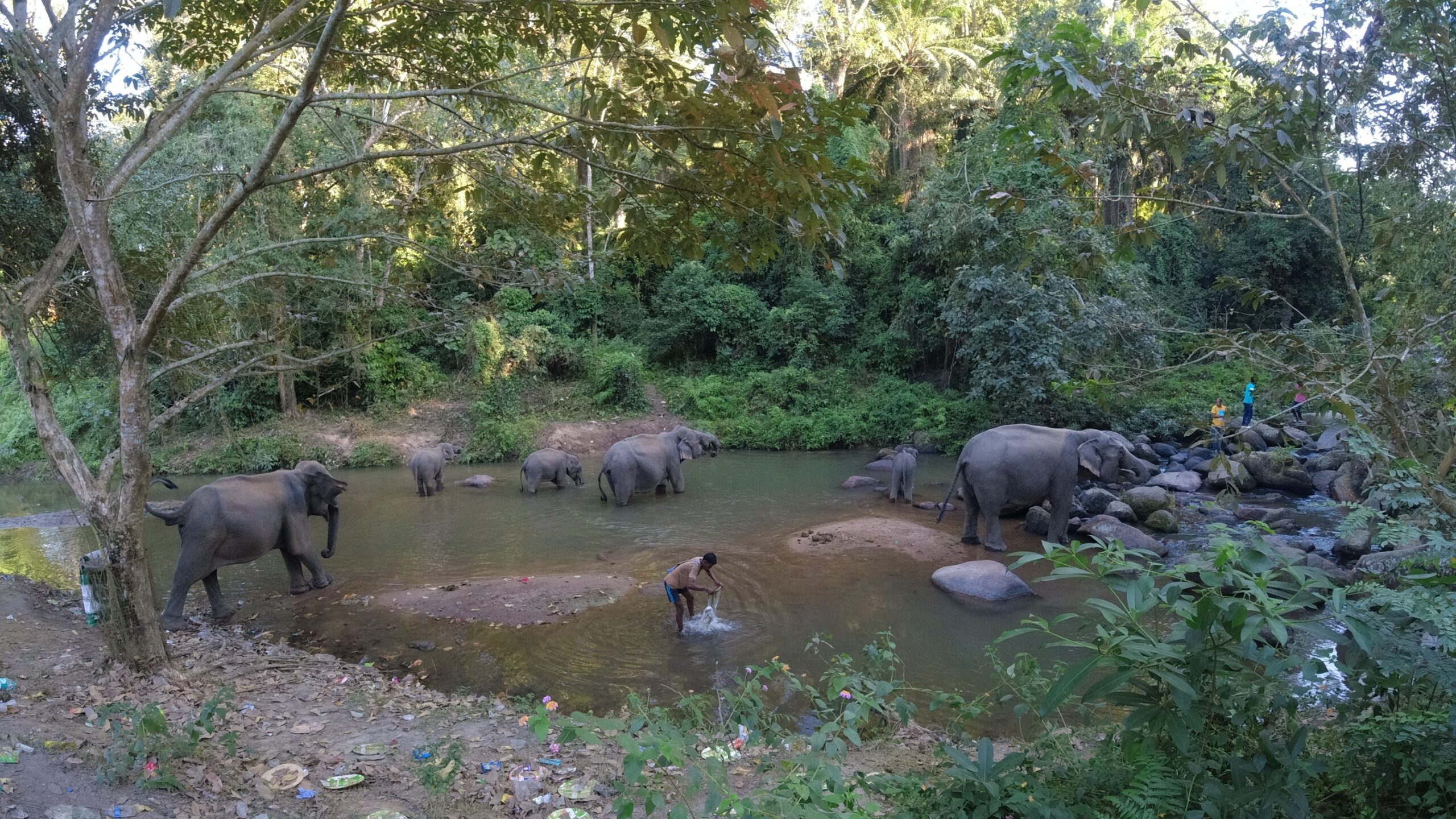Northeast India is a captivating and lesser-explored region known for its breathtaking landscapes, diverse cultures, and vibrant traditions. With its lush tea gardens, misty Himalayan peaks, dense jungles, and remote tribal villages, it offers a unique blend of natural beauty and cultural richness. Travelers can embark on adventures like trekking to living root bridges in Meghalaya, witnessing the Hornbill Festival in Nagaland, or exploring Buddhist monasteries in Sikkim. Northeast India beckons with its warm hospitality, delectable cuisine, and an opportunity to discover the uncharted beauty of this enchanting corner of the country.
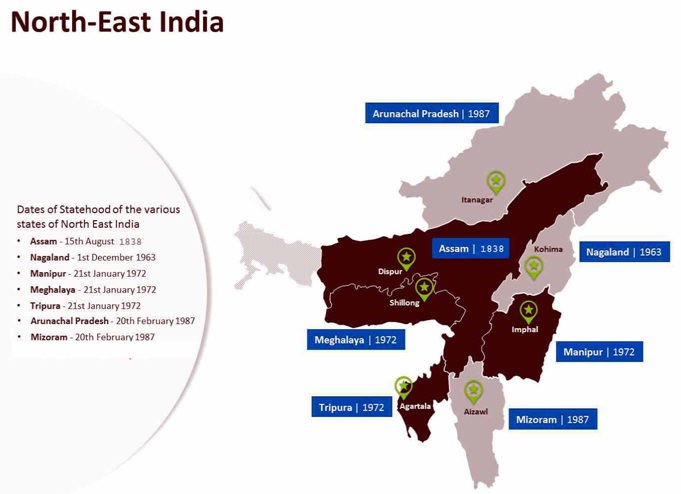
Here are five travel itineraries that showcase some of the best attractions and destinations in Northeast India:
Assam and Meghalaya Adventure
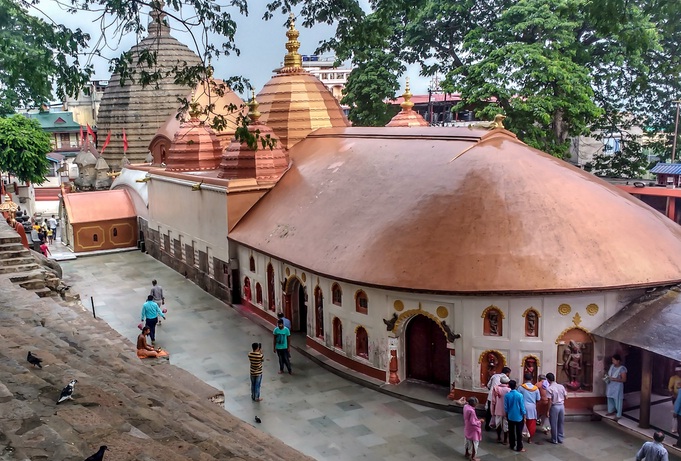
Duration: 9 days
Highlights: Start in Guwahati, Assam, and visit the Kamakhya Temple. Explore the Kaziranga National Park, home to the one-horned rhinoceros. Travel to Shillong, Meghalaya’s capital, and visit the beautiful Umiam Lake. Explore Cherrapunjee, known for its stunning waterfalls and living root bridges. Hike to Nongriat Village to see the famous Double Decker Living Root Bridge. Experience the culture of the Khasi people and enjoy local cuisine.
Detailed Tour Plan
Day 1: Arrival in Guwahati
- Arrive in Guwahati, the largest city in Assam.
- Visit the Kamakhya Temple, one of the most important Hindu pilgrimage sites in India.
- Explore the city’s vibrant markets and riverfront.
Day 2: Kaziranga National Park
- Depart for Kaziranga National Park, a UNESCO World Heritage Site.
- Take a jeep or elephant safari to spot the one-horned rhinoceros and other wildlife.
- Overnight stay in Kaziranga.
Day 3: Kaziranga National Park
- Continue your exploration of Kaziranga National Park with another safari.
- Visit the Kaziranga Orchid and Biodiversity Park.
- Overnight stay in Kaziranga.
Day 4: Travel to Shillong
- Depart for Shillong, the capital of Meghalaya.
- En route, visit the stunning Umiam Lake, also known as Barapani.
- Arrive in Shillong and explore the local markets.
- Overnight stay in Shillong.
Day 5: Cherrapunjee Excursion
- Travel to Cherrapunjee (Sohra), known for its lush landscapes and high rainfall.
- Visit attractions like Nohkalikai Falls, Mawsmai Cave, and Seven Sisters Falls.
- Explore the living root bridges in the surrounding villages.
- Return to Shillong for the night.
Day 6: Nongriat Village Trek
- Embark on a day trip to Nongriat Village.
- Hike through the jungle to see the famous Double Decker Living Root Bridge and Rainbow Falls.
- Return to Shillong in the evening.
Day 7: Khasi Cultural Experience
- Explore Shillong’s cultural attractions, including Don Bosco Museum and Ward’s Lake.
- Visit a Khasi village to experience the local culture and traditions.
- Enjoy Khasi cuisine at a traditional restaurant.
- Overnight stay in Shillong.
Day 8 (Optional): Mawlynnong and Dawki Day Trip
- If you have additional time, consider a day trip to Mawlynnong, known as the “Cleanest Village in Asia.”
- Visit Dawki and the crystal-clear Umngot River.
- Return to Shillong for the night.
Day 9: Departure
- Depending on your departure schedule, you may have some free time in Shillong for last-minute shopping or exploration.
- Depart from Shillong for your onward journey.
This itinerary offers a balanced mix of wildlife, natural beauty, adventure, cultural experiences, and relaxation.
Sikkim and Darjeeling Himalayan Retreat
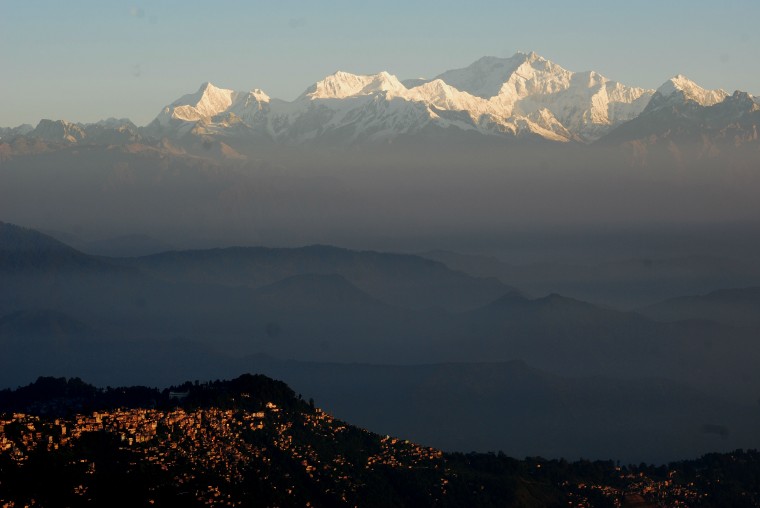
Duration: 12 days
Highlights: Begin in Gangtok, Sikkim’s capital, and visit monasteries like Rumtek and Enchey. Explore the serene Tsomgo Lake and Nathu La Pass. Head to Darjeeling and enjoy a sunrise view from Tiger Hill. Visit the Darjeeling Himalayan Railway (Toy Train) and the Tea Gardens. Trek to Sandakphu for panoramic views of the Himalayas. Explore Kalimpong and its Buddhist monasteries.
Detailed Tour Plan
Day 1: Arrival in Bagdogra/NJP and Transfer to Gangtok
- Arrive at Bagdogra Airport (IXB) or New Jalpaiguri Railway Station (NJP).
- Transfer to Gangtok, the capital of Sikkim.
- Check-in to your hotel and relax.
- Evening at leisure to explore the local markets.
Day 2: Gangtok Sightseeing
- Visit the Rumtek Monastery, one of the largest and most important monasteries in Sikkim.
- Explore the Enchey Monastery, known for its serene surroundings.
- Visit the Namgyal Institute of Tibetology to learn about Tibetan culture.
- Stroll through the local markets in Gangtok.
Day 3: Tsomgo Lake and Nathu La Pass
- Day trip to Tsomgo Lake, a glacial lake surrounded by mountains.
- Continue to Nathu La Pass (subject to availability and permits), which offers stunning views of the Himalayas and is a part of the historic Silk Route.
- Return to Gangtok for the night.
Day 4: Gangtok to Darjeeling
- Drive to Darjeeling, a charming hill station known for its tea gardens.
- Arrive in Darjeeling and check-in to your hotel.
- Evening at leisure to explore the local markets or take a stroll on the Mall Road.
Day 5: Sunrise at Tiger Hill and Darjeeling Sightseeing
- Early morning excursion to Tiger Hill to witness a breathtaking sunrise over the Himalayas.
- Visit Batasia Loop and the Ghoom Monastery on your way back.
- Explore the Padmaja Naidu Himalayan Zoological Park and the Himalayan Mountaineering Institute.
- Visit the Peace Pagoda for panoramic views of Darjeeling.
- Explore the tea gardens and learn about the tea-making process at a tea estate.
Day 6: Darjeeling Himalayan Railway and Toy Train Ride
- Take a ride on the famous Darjeeling Himalayan Railway (Toy Train) from Darjeeling to Ghoom and back.
- Visit the Happy Valley Tea Estate to see tea production up close.
- Explore the local handicraft markets in Darjeeling.
Day 7: Drive to Manebhanjan and Trek to Sandakphu
- Drive to Manebhanjan, the starting point for the Sandakphu trek.
- Begin the trek to Sandakphu, which offers panoramic views of the Himalayan peaks.
- Overnight stay in a lodge or trekker’s hut in Sandakphu.
Day 8: Sandakphu Sunrise and Trek to Phalut
- Wake up early to witness a stunning sunrise from Sandakphu.
- Continue the trek to Phalut, another vantage point with breathtaking views.
- Overnight stay in Phalut.
Day 9: Trek from Phalut to Gorkhey
- Trek from Phalut to Gorkhey through beautiful forests and landscapes.
- Enjoy the serene surroundings and peaceful trekking experience.
- Overnight stay in Gorkhey.
Day 10: Trek from Gorkhey to Sepi and Drive to Kalimpong
- Trek from Gorkhey to Sepi.
- Drive to Kalimpong, a tranquil town known for its Buddhist monasteries.
- Check-in to your hotel and relax.
- Explore Kalimpong’s local attractions and markets.
Day 11: Kalimpong Sightseeing
- Visit the Durpin Monastery, which offers panoramic views of the Himalayas.
- Explore the Zang Dhok Palri Phodang Monastery.
- Visit the local flower nurseries for which Kalimpong is famous.
- Evening at leisure.
Day 12: Return to Bagdogra/NJP
- Drive back to Bagdogra Airport or New Jalpaiguri Railway Station for departure.
Please note that the duration of this itinerary can be adjusted based on your preferences and the time available. Additionally, trekking in the Himalayas requires a good level of fitness and acclimatization, so make sure to plan accordingly and obtain the necessary permits.
Arunachal Pradesh Cultural Tour
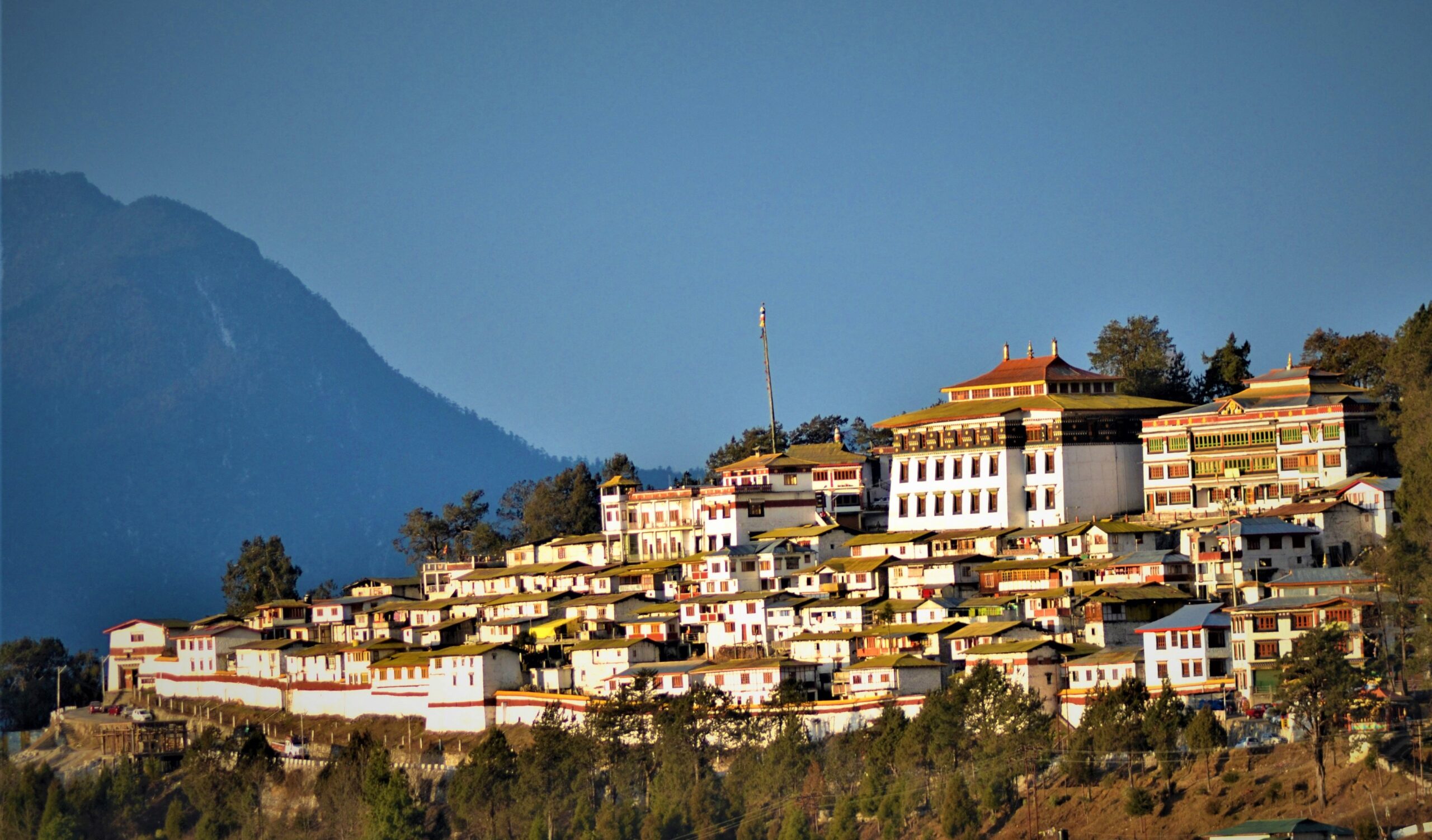
Duration: 15 days
Highlights: Begin in Itanagar and explore the Ita Fort and Gompa. Visit Tawang and its famous Tawang Monastery. Explore Dirang, a beautiful valley with hot springs. Experience the Apatani culture in Ziro Valley. Explore the tribal villages of Mechuka. Visit Pasighat and take a river cruise on the Brahmaputra.
Detailed Tour Plan
Day 1: Arrival in Itanagar
- Arrive in Itanagar, the capital of Arunachal Pradesh.
- Check-in to your hotel and rest after your journey.
Day 2: Itanagar Sightseeing
- Explore Itanagar, starting with a visit to the historic Ita Fort, known for its unique architectural style.
- Explore the Namgyal Lhakhang Monastery (Gompa) to learn about Tibetan Buddhism.
- Stroll through the local markets.
Day 3: Drive to Tawang
- Depart for Tawang, a picturesque town known for its monasteries and natural beauty.
- En route, visit the Sela Pass and Sela Lake.
- Arrive in Tawang and check-in to your hotel.
Day 4: Tawang Monastery and Local Exploration
- Visit the iconic Tawang Monastery, one of the largest monasteries in India and an important Tibetan Buddhist site.
- Explore the Tawang War Memorial and the nearby craft center.
- Visit the Ani Gompa (nunnery) and Urgelling Monastery.
Day 5: Tawang Excursions
- Excursion to Bum La Pass (subject to permits), which offers breathtaking views of the India-China border.
- Visit the beautiful P.T. Tso Lake.
- Return to Tawang for the night.
Day 6: Drive to Dirang
- Drive to Dirang, a serene valley known for its hot springs and beautiful landscapes.
- Visit the Dirang Dzong, a hilltop fort, and the Kalachakra Gompa.
- Enjoy a relaxing dip in the hot springs.
Day 7: Explore Dirang Valley
- Explore the lush Dirang Valley, known for its apple orchards and scenic beauty.
- Visit the Sangti Valley, a paradise for birdwatchers.
- Enjoy a nature walk or hike in the surrounding areas.
Day 8: Drive to Ziro
- Depart for Ziro, a UNESCO World Heritage Site and a hub of Apatani culture.
- Check-in to your accommodation in Ziro.
Days 9-11: Ziro Valley and Apatani Culture
- Spend the next few days exploring the unique Apatani culture and the picturesque Ziro Valley.
- Visit Apatani villages and experience their traditional lifestyle.
- Explore the local markets and enjoy the serene surroundings.
Day 12: Drive to Mechuka
- Depart for Mechuka, a remote town nestled in the Himalayas.
- Enjoy the scenic drive through pristine landscapes.
- Arrive in Mechuka and check-in to your accommodation.
Days 13-14: Explore Mechuka and Surroundings
- Explore Mechuka and its stunning landscapes, including the Mechuka Valley.
- Visit the picturesque Samten Yongcha Monastery.
- Interact with the local Memba and Shertukpen tribes.
- Enjoy the tranquility and natural beauty of this remote region.
Day 15: Drive to Pasighat and Brahmaputra River Cruise
- Drive to Pasighat, a town located on the banks of the Brahmaputra River.
- Take a river cruise on the Brahmaputra, enjoying the scenic beauty and wildlife.
- End the tour in Pasighat, where you can catch a flight or continue your journey.
Please note that Arunachal Pradesh is a remote region with diverse cultures and challenging terrain, so it’s essential to plan your trip carefully, obtain the necessary permits, and be prepared for varying weather conditions.
Nagaland Hornbill Festival and Tribal Tour
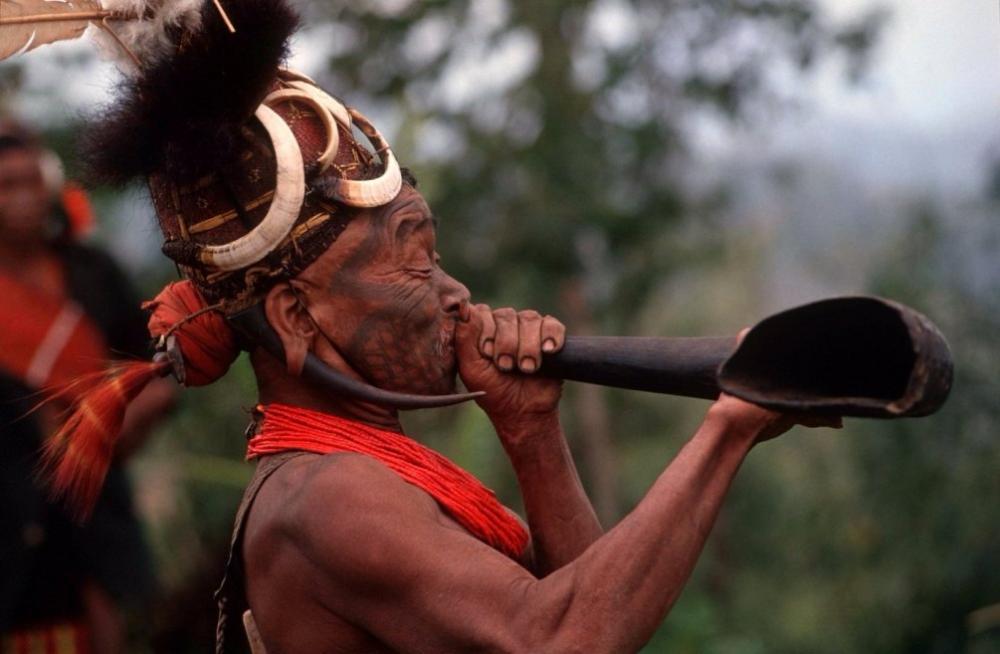
Duration: 12 days
Highlights: Attend the Hornbill Festival in Kohima, showcasing the culture of Naga tribes. Explore the World War II Cemetery and Kisama Heritage Village. Visit the traditional villages of Kigwema and Khonoma. Travel to Mokokchung, known for its Ao Naga culture. Explore Mon, home to the Konyak Nagas, and see their unique tattooed faces. Enjoy local Naga cuisine and participate in cultural activities.
Detailed Tour Plan
Day 1: Arrival in Kohima
- Arrive in Kohima, the capital of Nagaland.
- Check-in to your hotel and rest after your journey.
- Evening at leisure.
Day 2: Hornbill Festival
- Attend the opening ceremony of the Hornbill Festival, a celebration of Naga culture.
- Explore the festival grounds, showcasing the traditions, arts, and crafts of various Naga tribes.
- Witness traditional dances, music performances, and cultural exhibitions.
Day 3: Hornbill Festival
- Spend another day at the Hornbill Festival, enjoying the festivities and cultural performances.
- Explore the festival’s food stalls to sample local Naga cuisine.
- Visit the World War II Cemetery, a poignant reminder of the region’s history.
Day 4: Kisama Heritage Village
- Explore the Kisama Heritage Village, where the Hornbill Festival is held.
- Immerse yourself in the culture and heritage of Naga tribes.
- Witness tribal huts, traditional craftsmanship, and more festival activities.
Day 5: Kigwema and Khonoma Villages
- Visit the traditional villages of Kigwema and Khonoma, known for their rich culture and conservation efforts.
- Interact with the locals and learn about their customs and traditions.
- Explore the lush landscapes and terraced fields.
Day 6: Travel to Mokokchung
- Depart for Mokokchung, a town known for its Ao Naga culture.
- Check-in to your accommodation in Mokokchung.
- Explore the local markets and town.
Day 7: Mokokchung Cultural Exploration
- Immerse yourself in the Ao Naga culture.
- Visit local villages and interact with the Ao Naga communities.
- Enjoy traditional songs and dances.
Day 8: Travel to Mon
- Drive to Mon, a region inhabited by the Konyak Nagas known for their distinctive facial tattoos.
- Check-in to your accommodation in Mon.
- Visit local villages and interact with the Konyak Naga tribes.
Day 9: Konyak Naga Culture
- Explore Mon and learn about the Konyak Naga culture, known for their headhunting history.
- Visit the Longwa Village, which straddles the India-Myanmar border.
- Observe the unique tattooed faces of the Konyak people.
Day 10: Return to Kohima
- Drive back to Kohima.
- Spend your last evening at the Hornbill Festival, enjoying the cultural performances and festivities.
- Sample more Naga cuisine.
Day 11 (Optional): Visit Dzukou Valley
- If time permits, consider an optional day trip to the stunning Dzukou Valley, known for its scenic beauty and trekking opportunities.
- Return to Kohima for the night.
Day 12: Departure
- Depending on your departure schedule, you may have some free time in Kohima for last-minute shopping or exploration.
- Depart from Kohima for your onward journey.
Please note that the Hornbill Festival typically takes place from December 1st to December 10th each year. Be sure to plan your trip to coincide with the festival dates. Additionally, Nagaland is a region with unique cultures and traditions, so respect local customs and seek permission before taking photographs, especially in tribal villages.
Mizoram and Tripura Exploration
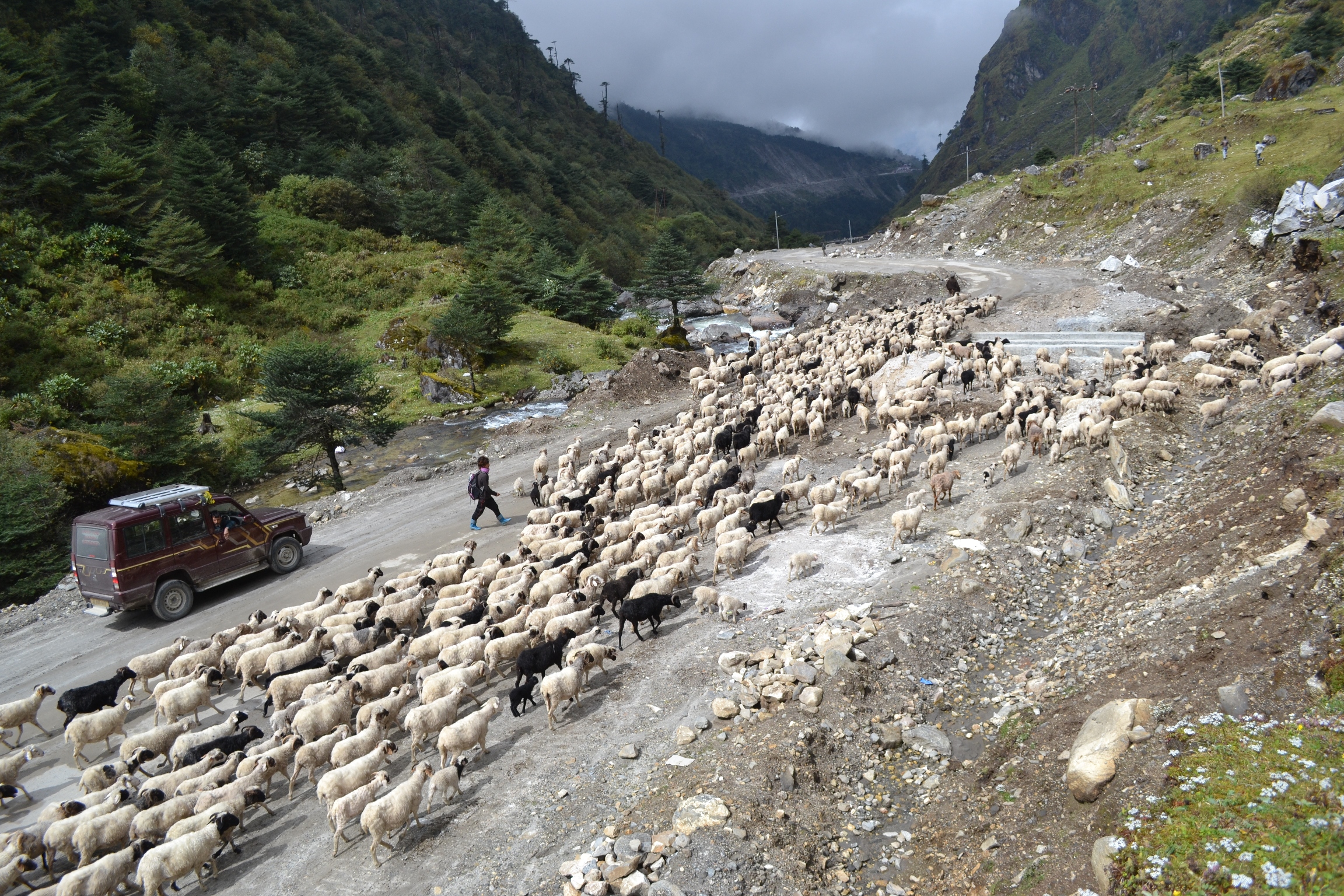
Duration: 7-9 days
Highlights: Start in Aizawl, Mizoram’s capital, and visit the Solomon’s Temple.
Explore the lush landscapes of Mizoram, including the Durtlang Hills. Visit the tribal villages of Reiek and Hmuifang. Travel to Agartala, Tripura’s capital, and visit Ujjayanta Palace. Explore Neermahal, the “Lake Palace” of Tripura. Visit the famous Tripura Sundari Temple and the Unakoti rock carvings.
Detailed Tour Plan
Day 1: Arrival in Aizawl, Mizoram
- Arrive in Aizawl, the capital of Mizoram.
- Check-in to your hotel and rest after your journey.
- In the evening, visit Solomon’s Temple, a prominent landmark in Aizawl.
Day 2: Durtlang Hills and Local Exploration in Aizawl
- Explore the Durtlang Hills, offering panoramic views of Aizawl and the surrounding landscapes.
- Visit local markets and shops in Aizawl to experience the local culture.
- Enjoy Mizoram cuisine at a local restaurant.
Day 3: Reiek and Hmuifang
- Drive to Reiek and explore the Reiek Heritage Village, known for its Mizo culture.
- Visit the Reiek Peak for stunning views of the region.
- Continue to Hmuifang, another picturesque location in Mizoram.
- Explore the Hmuifang Tourist Resort and surrounding landscapes.
- Overnight stay in Hmuifang.
Day 4: Return to Aizawl
- Return to Aizawl and spend the day exploring the city further.
- Visit local attractions, museums, and craft centers.
- Enjoy the vibrant atmosphere of Aizawl.
Day 5: Travel to Agartala, Tripura
- Depart for Agartala, the capital of Tripura.
- Check-in to your hotel in Agartala and rest.
- Evening at leisure to explore local markets.
Day 6: Ujjayanta Palace and Neermahal
- Visit the Ujjayanta Palace, a magnificent royal palace with beautiful architecture and gardens.
- Explore Neermahal, the “Lake Palace” of Tripura, located on Rudrasagar Lake.
- Enjoy a boat ride on Rudrasagar Lake.
- Visit the Jagannath Temple and other local attractions.
Day 7: Tripura Sundari Temple and Unakoti
- Visit the famous Tripura Sundari Temple, one of the 51 Shakti Peethas in Hindu mythology.
- Explore the rock-cut sculptures and carvings at Unakoti, an ancient archaeological site.
- Return to Agartala for your last night in Tripura.
Day 8: Departure
- Depending on your departure schedule, you may have some free time in Agartala for last-minute shopping or exploration.
- Depart from Agartala for your onward journey.
Please note that this itinerary offers a glimpse into the cultural and natural beauty of Mizoram and Tripura. The duration can be adjusted based on your interests and the time available. Mizoram and Tripura are known for their unique cultures and picturesque landscapes, making it a fascinating destination to explore in Northeast India.
These Top 5 North East India Travel itineraries offer a glimpse into the diverse and culturally rich region of Northeast India. Depending on your interests and the time you have, you can tailor these itineraries to suit your preferences and explore more hidden gems in this part of the country.
Book a North East India Tour with Recon Holidays
Connect with Recon Holidays and let us know your requirements. We will be glad to customize your tour and manage it your you, so that you can sit back enjoy your rich, memorable holiday.

